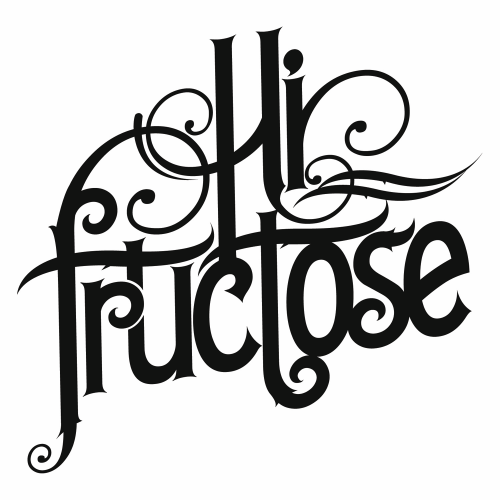
""I don't mean to limit my work to portraying children," says Watanabe, "but, in my head, I see the kids start moving in the painting. If I can access the space and transform it, the work will change from an object meant to be appreciated into a functioning space like a tool. Just by having my daughters enter a painted space created by others, the space will not change, but will still manage to change for some elusive reason that's difficult to put into words. Are the daughters like the only open doors in the space? That gives me joy.""
"There is an immense sense of joy that seems to fill Watanabe, also, when he opines on the Western artworks that he copies. He is especially fascinated by the old masters' quest to capture the variances of light and darkness. One major difference he finds between artistic traditions in Japan and the West, broadly, is the use of outlining. "Since Japanese people have used brushes since ancient times," he says, "they have caught objects and people in outlines. It eventually becomes like an ukiyo-e expression, a technique of placing flat colors in the outline." While his capacity for copying old masters has improved with practice, it also improved after he began to chronicle and embrace this essential difference. Outlining and flattened colors were, for a time, a trap that kept him from fully capturing the European artist's styles he aimed to mimic."
"Of all the paintings he has copied, the one that he found the most invigorating was Peter Paul Rubens's "Descent from the Cross." He placed the dynamic, diagonal scene in the midst of one of Henri Rousseau's forests. The presence of Rubens work plays into the primordial aspect of Rousseau's landscape. The wild and unknowable becomes generative and issues forth something the viewer can relate to."
Watanabe imagines children moving within his paintings and seeks to transform artworks from static objects into functioning, tool-like spaces by having his daughters enter painted worlds. He experiences joy in copying Western old masters, especially in their treatment of light and darkness, and contrasts that with a Japanese tradition rooted in brushwork, outlining, and flat color akin to ukiyo-e. Recognizing and embracing this formal difference allowed him to overcome earlier limitations in imitating European styles. He reconfigures copied works by inserting dynamic elements, such as combining Rubens's dramatic figures with Rousseau's forested landscapes to generate new meaning.
Read at Hi-Fructose Magazine - The New Contemporary Art Magazine
Unable to calculate read time
Collection
[
|
...
]